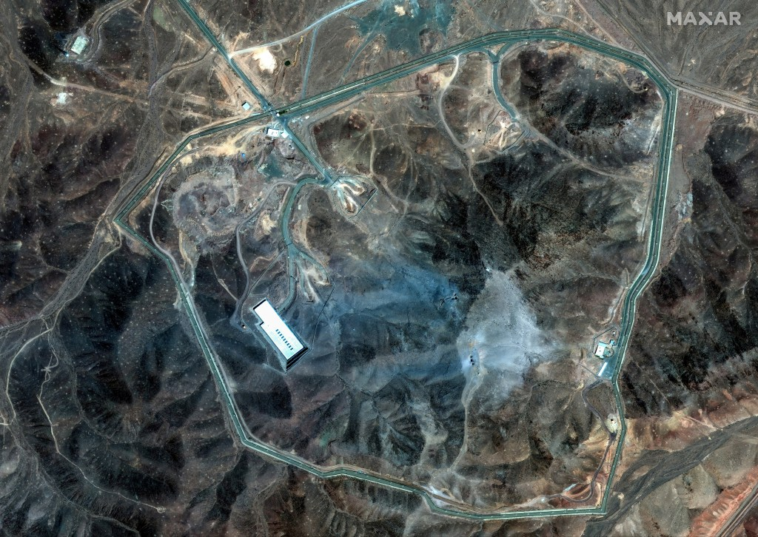Chairman of the Joint Chiefs of Staff Lt. Gen. Dan Caine revealed that the US began constructing its heavy-duty bunker-buster bombs roughly 15 years ago after learning about Iran’s ultra-secretive Fordow fuel enrichment plant, which is cut about half a mile into a mountain.
A Defense Threat Reduction Agency officer was briefed about the construction of the site in 2009, and officials quickly determined that the US did not have a “weapon that could adequately strike and kill this target.”
So they began construction of the 30,000-pound GBU-57 series MOP (Massive Ordnance Penetrator) bunker-busters.


“We had so many PhDs, working on the MOP program, doing modeling and simulation that we were quietly and in a secret way, the biggest users of supercomputer hours within the United States of America,” Caine explained during a Thursday press conference.
“In the GBU-57, which all of you, I know, know, is a 30,000-pound weapon dropped only by the B-2. It’s comprised of steel, explosive and a fuse programmed specifically for each weapon to achieve a particular effect inside the target,” he added.
“Each weapon had a unique desired impact, angle, arrival, final heading and a fuse setting. The fuse is effectively what tells the bomb when to function. A longer delay in a fuse, the deeper the weapon will penetrate and drive into the target.”



